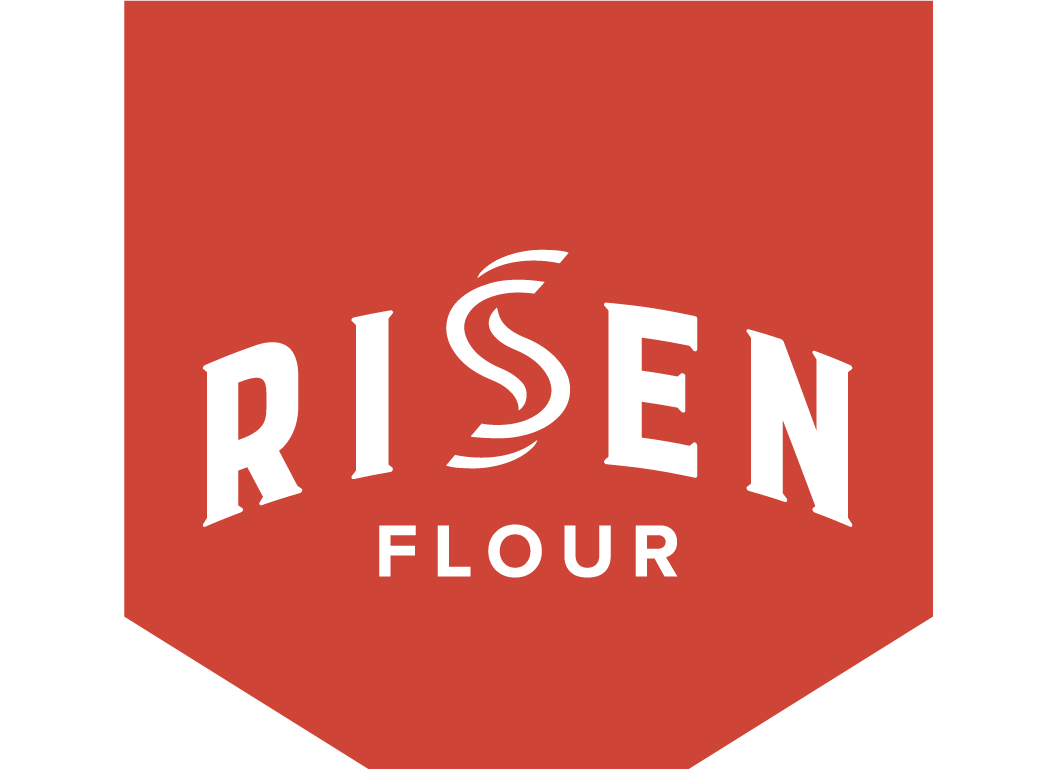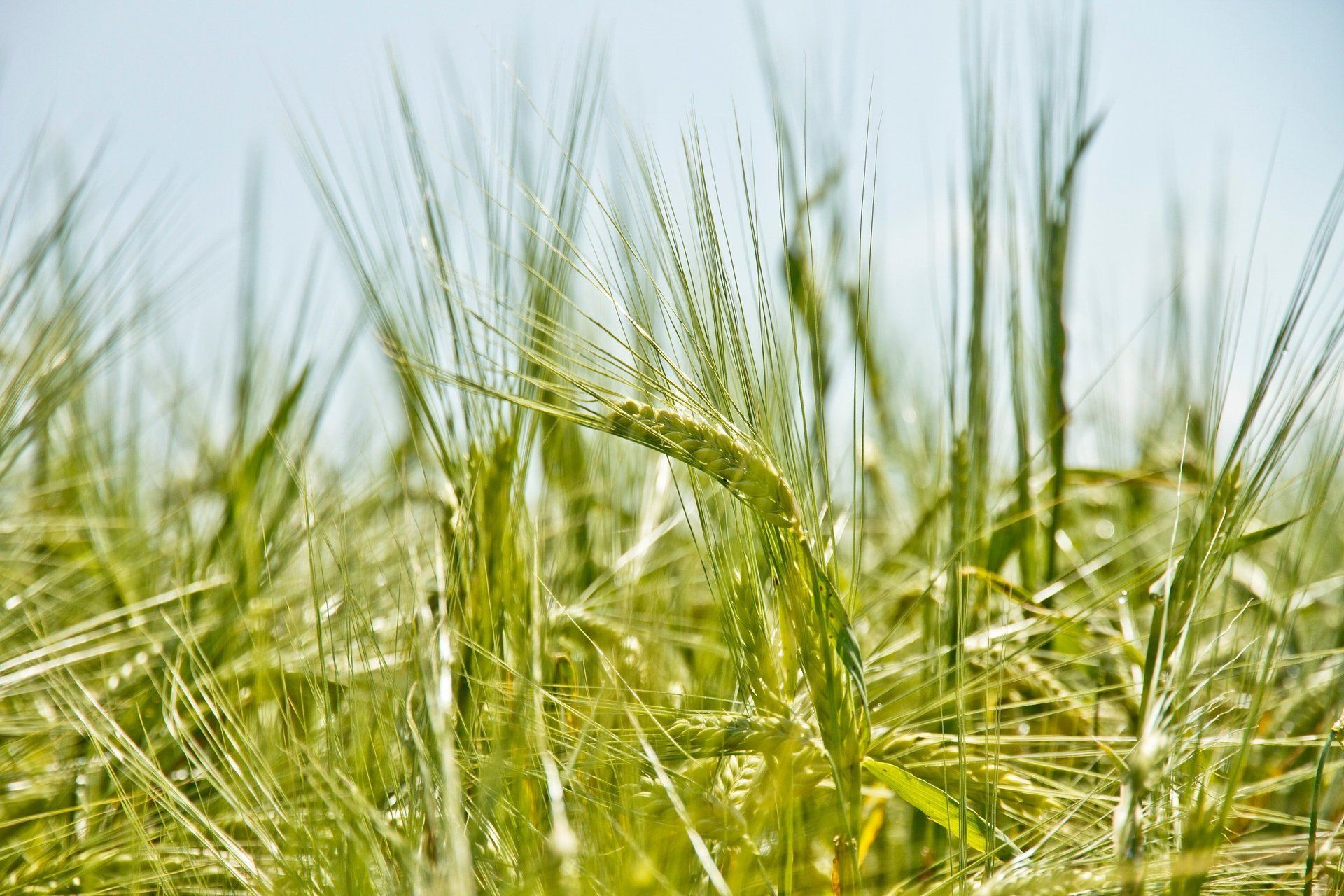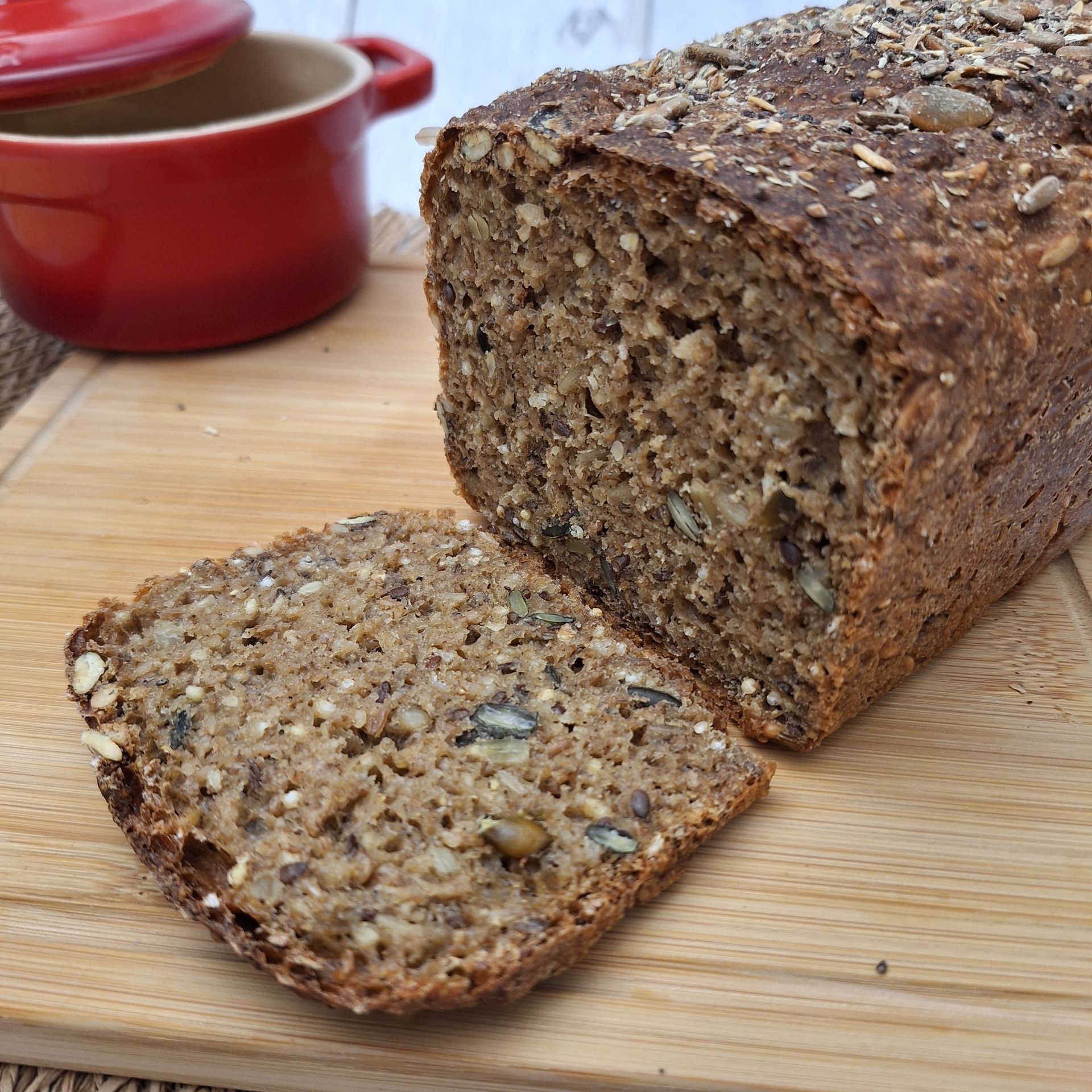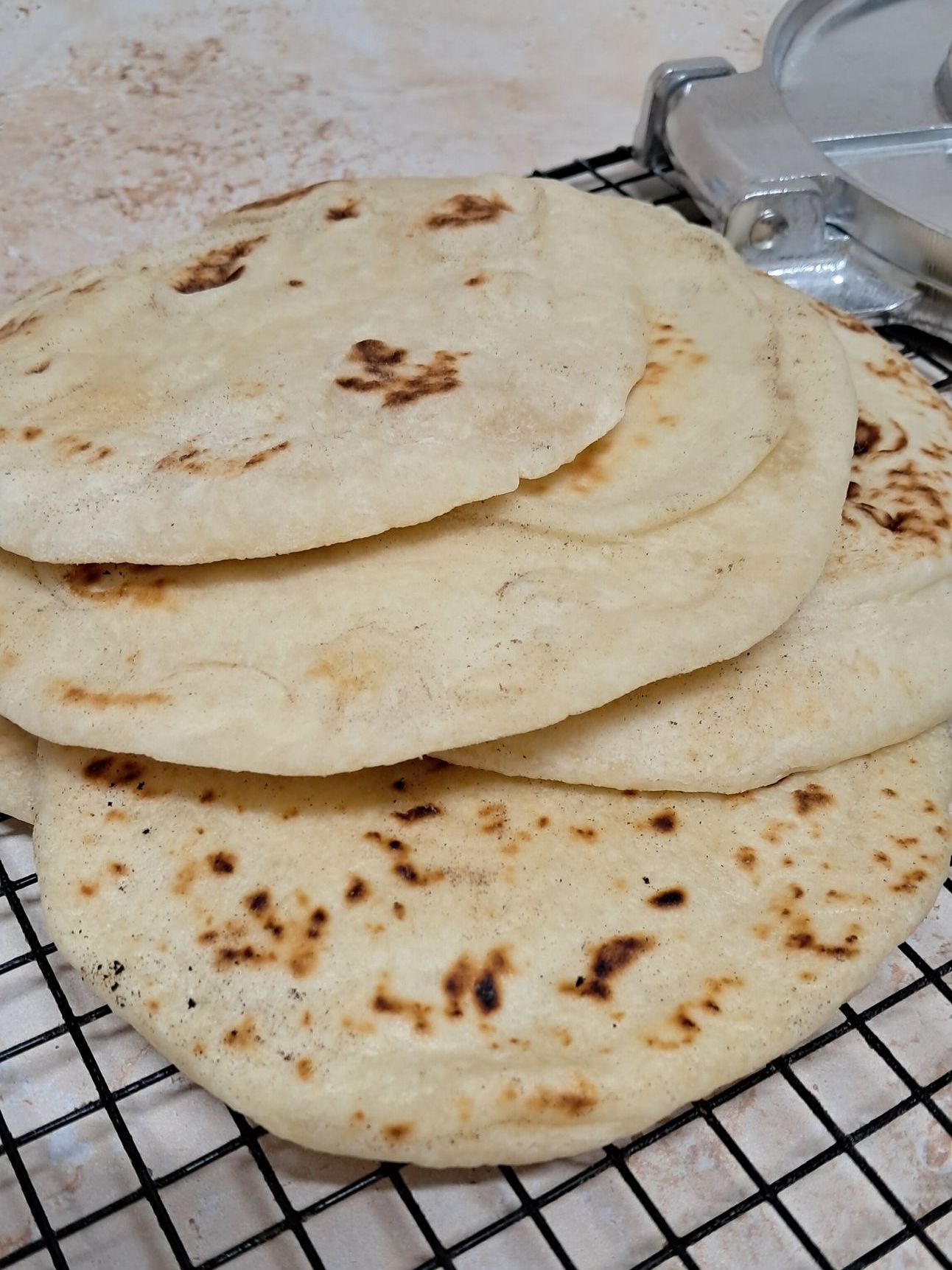If we are going to get technical, according to my book Modernist Bread the title for the oldest ancient grain goes to Einkorn with Emmer 2nd in line, around 10 000 years ago Einkorn crossed with a wild grass made wild emmer and were the 1st cultivated grains. They are together with Spelt ancestors of bread wheat of today.
Some of the reasons these grains have surged in popularity are the interest in small-batch crops, locally grown products and in some cases lower gluten or gluten free qualities. Some of these ancient rains including Emmer, Einkorn and Spelt are types of wheat but don’t behave in the same way as modern-day wheat does in the baking process. Although some of these grains have high protein values they don’t have the same type of structured gluten as wheat bread flour produces. Due to the milling process and retention of the germ and bran, you won’t end up with a light and fluffy loaf using solely these ancient grains. The ancient grains also have more of the water soluable gluten Gliadin than glutenin, this is why some people find it digested more easily than the modern day wheats that contain a highter glutenin gluten type.
Therefore for the best outcome, if you only want to use ancient grains you can add Vital Wheat Gluten to your mix at a rate of 1%, but you will need to increase your liquid by the same % and bread improver (you can just use Vitamin C). But this does allow for some adventurous baking by mixing your grains up and using strong bread flour in the mix as well.
According to Modernist Bread, to produce a bread with the structure we expect today the best choice is white wheat flour and then in order of quality using spelt, emmer Khorasan, whole wheat and durum in that order will give you a good loaf. If you include rye, millet, barley, and oats you could compromise the bread structure.
A good recipe is to use a base recipe of 60% of white wheat flour with high protein content and then you can choose which ancient grains to use and in whatever ratio for the 40%. If you only have a lower protein bread flour (10g) add some vital wheat gluten to your bread mix to add strength. You can also make your lavain using the grains which will enhance the flavour profile in the baked bread.
When baking with ancient grains your volume will be very different from one made with modern strong protein wheat flour, you won’t get the same volume.
Keys to successfully producing ancient grain bread:
Cold proofing the dough before baking, doing long and slow fermentation. Doughs that are cold proofed colder than room temperature will be firmer and easier to handle. Score just before baking. Ancient grain bread that is proofed at room temperature or in a proofer will be slacker and harder to score. A good cold proofing timeframe for ancient grain bread is around 14 hours at 13degC or in the fridge at around 4degC for at least 12 hours. – You can cold-proof for up to around 72hours but do remember that the fermentation is continuing and your bread will have a more sour flavour. Testing for proof apply gentle pressure with your index finger, it should feel bubbly inside and slowly spring back. If it springs back quickly then it is not ready and leave it for another 30min and recheck.
Emmer
Emmer is an ancient grain. In the Middle East’s Fertile Crescent wild emmer is a native product growing in woodlands of the hill country from Iran to Israel. It has also been found in ancient tombs and archaeological excavations. It grows well in poor soils and is disease resistant with some diseases. It is the 2nd oldest grain - Einkorn being the oldest at around 8000 yrs old.
It is lower in gluten than other modern-day cousins. It is also called Farro and has a rich nutty flavour. Emmer is a direct ancestor to todays durum wheat. It is great used in cakes, pastries and biscuits and can be added to your bread flours to make a delightful loaf. It mills to a very fine fawn coloured flour, it is quite dense though so it's best to add to a stronger flour than making a loaf on its own with Emmer. This grain also makes a wonderful shortbread or shortcrust pastry, but it will be fawn in colour not traditionally pale like regular shortbread.
Khorasan
This wheat is also known as Oriental Wheat or Kamut in the USA and is thought to have originated in Egypt. The grain is much larger than wheat and has a higher mineral content, vitamins and fats and also has up to 40% more protein. This gives it a rich nutty flavour. It has a similar ratio of the two types of gluten (Gliadin and Glutenin) making it perfect for any kind of baking and as a result it doesn't loose its texture when freezing. Our
White Khorasan Flour
is DEVINE, it is buttery in flavour and has an amazing texture. It is a buttercup yellow colour. I have made sourdough loaves entirely out of the white khorasan aswell as instant yeasted breads.
Spelt
This grain is also known as Dinkle wheat and contains a similar amount of gluten to wheat, along with durum wheat spelt has a higher level of gliadin that which which means it is more soluble in water. This makes it easier for us to digest and also therefore makes the nutrients more easily absorbed by our system. The higher fibre content in spelt also aids in the breakdown of the gluten.
Rye
Rye is fantastic to use in breads and as a sourdough starter - This wheat is high in gliadin, low in glutenin and has a lower gluten content. You will notice the difference in your sourdough starters, if you have both a white and a rye you will notice that the white starter is quite stretchy (I am referring to a white wheat sourdough starter) where as the rye starter will not have the same stretch, if any at all. I use our Rye Wholemeal Flour in my starter (any one of our Rye Wholemeal flours will do, just be consistent with the one you choose.)
If you are going to be making a rye bread or sourdough it is recommended that you use this along with a strong wheat flour to give it body otherwise you will end up with a dense loaf, unless that is what you are looking for, they taste devine. You could also make a pumpernickel bread which is incredibly dense like a brick, cut thinly and served with cream cheese and salmon......mmmm Yum!





